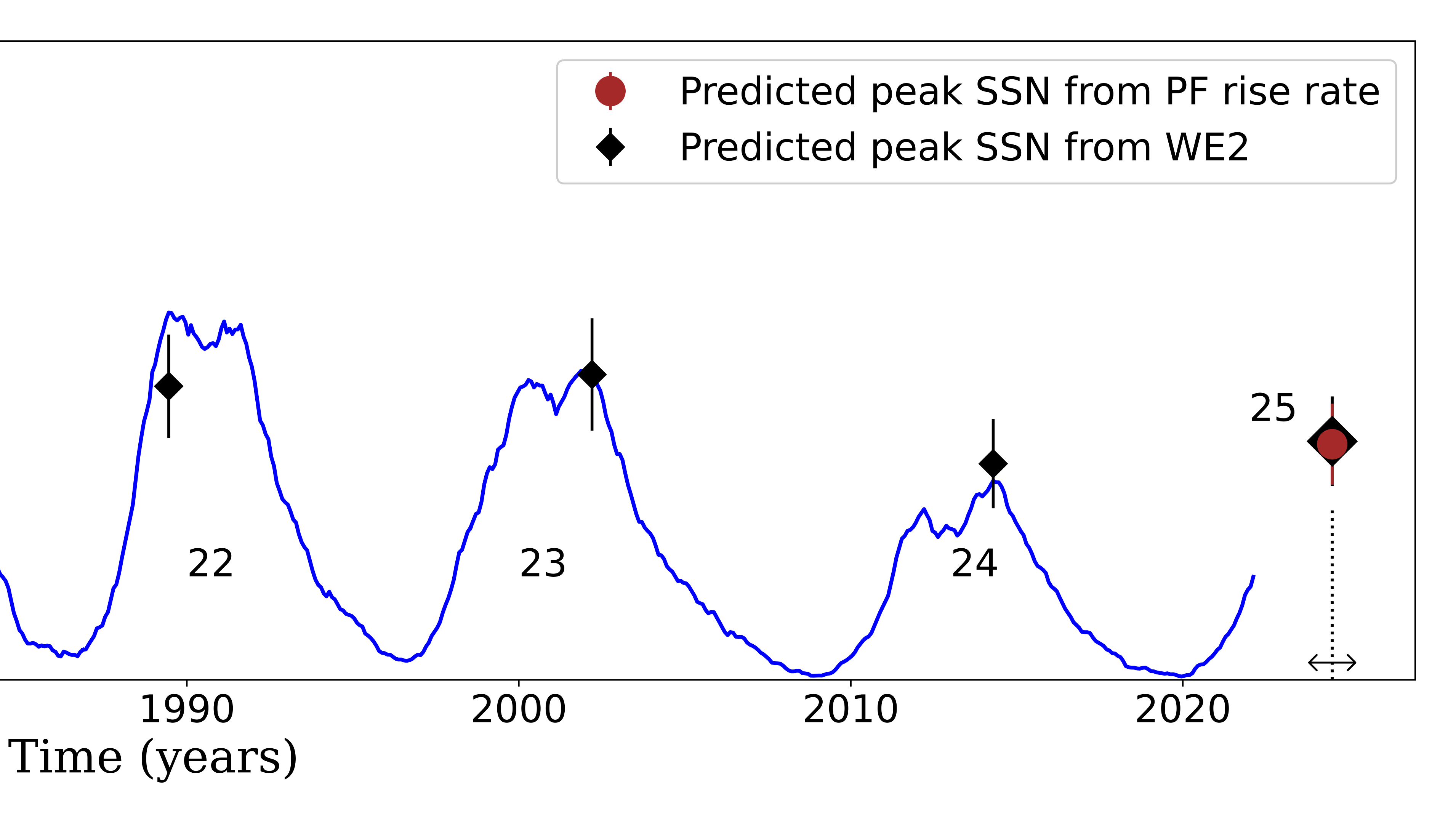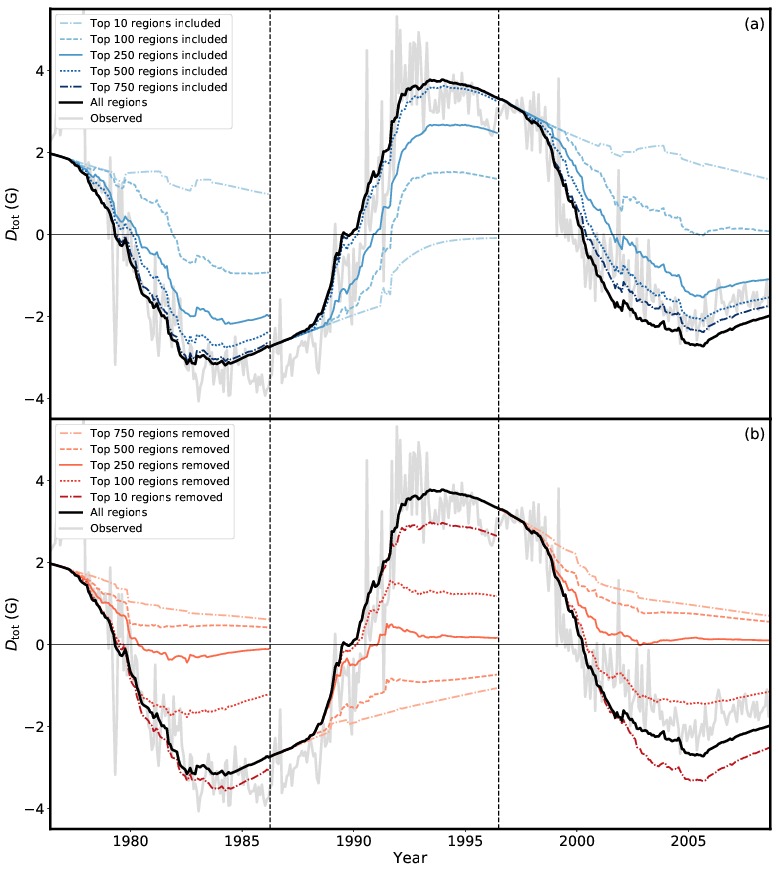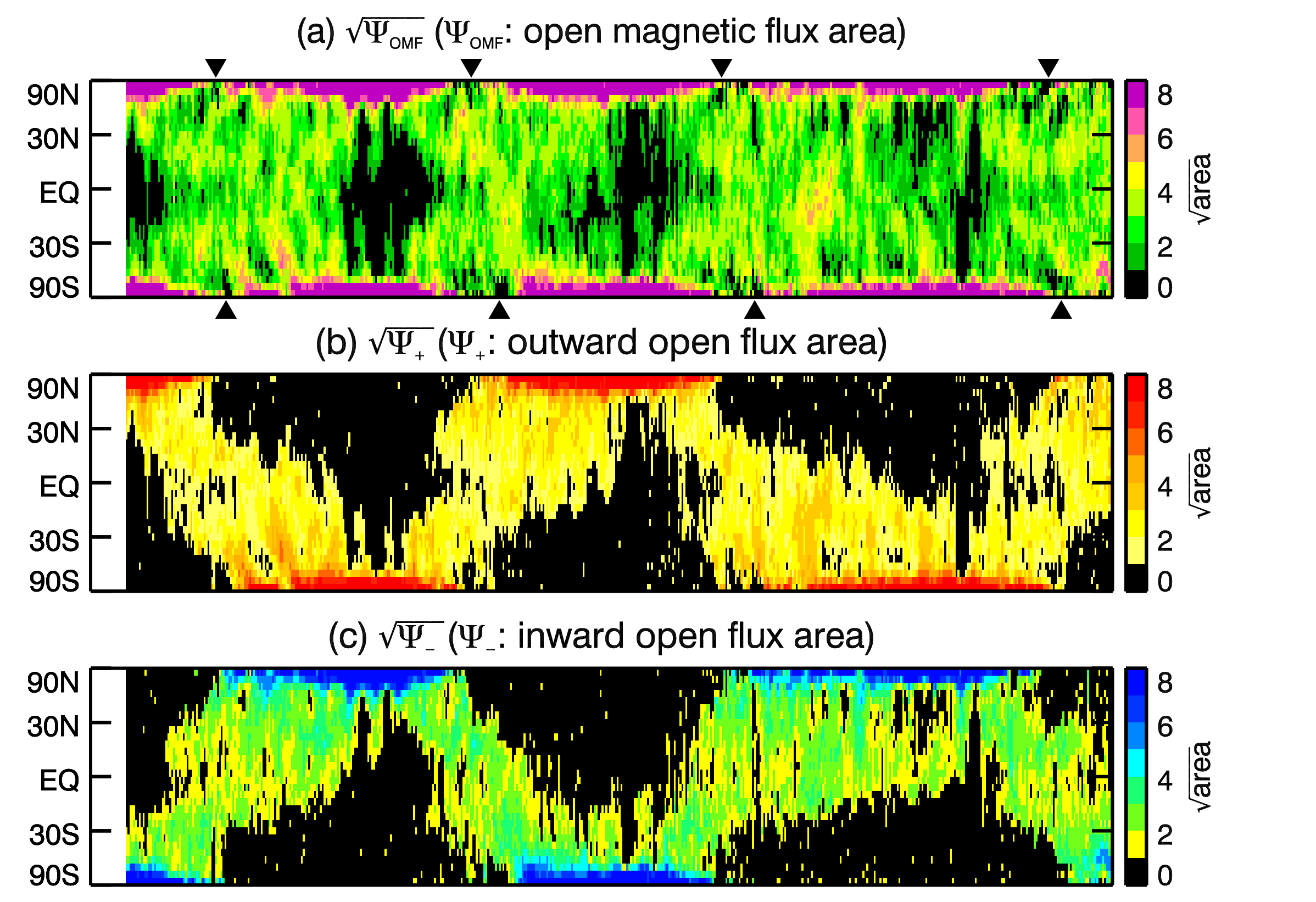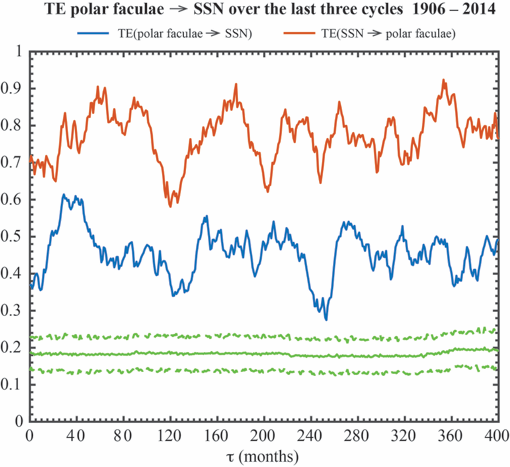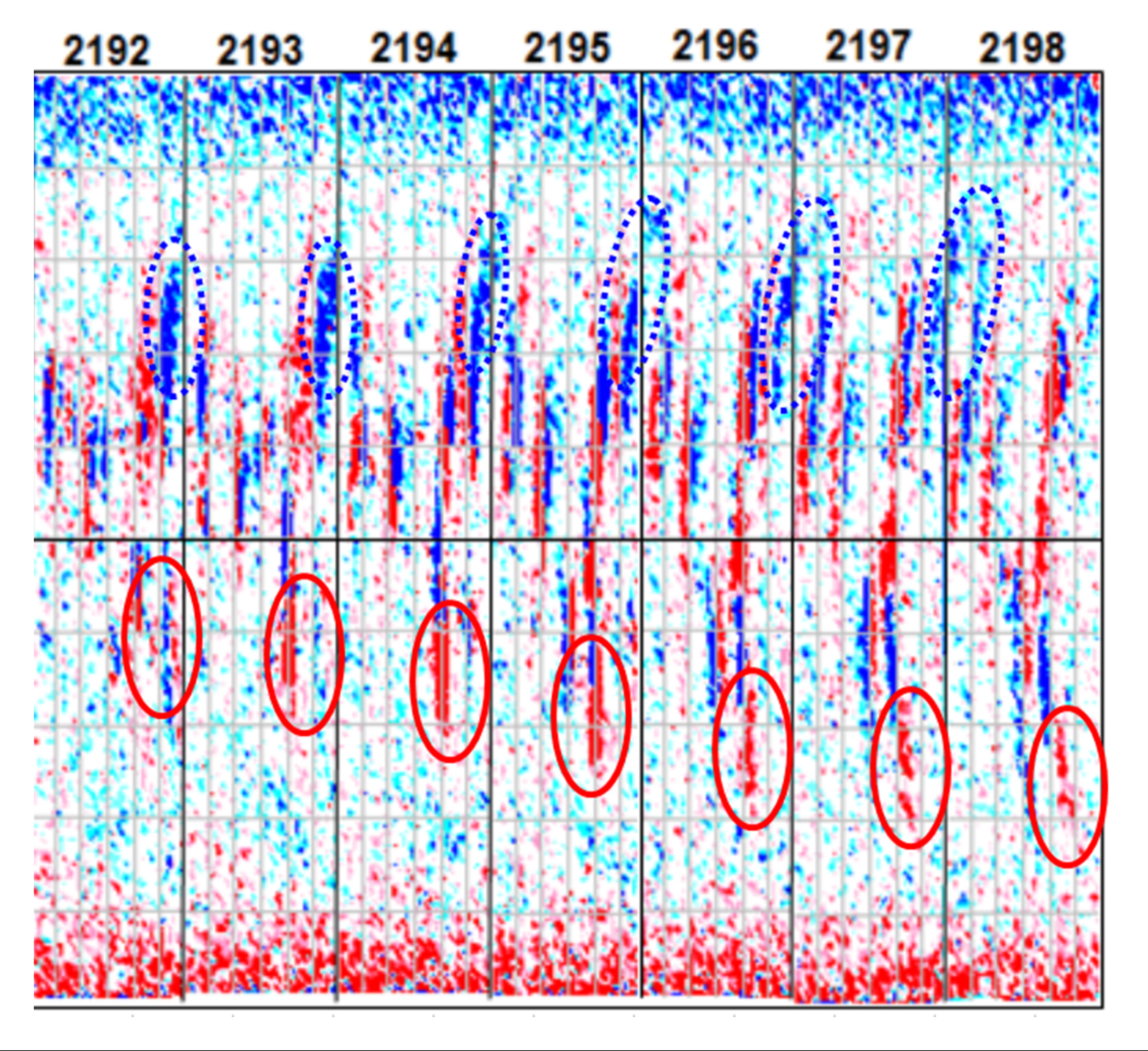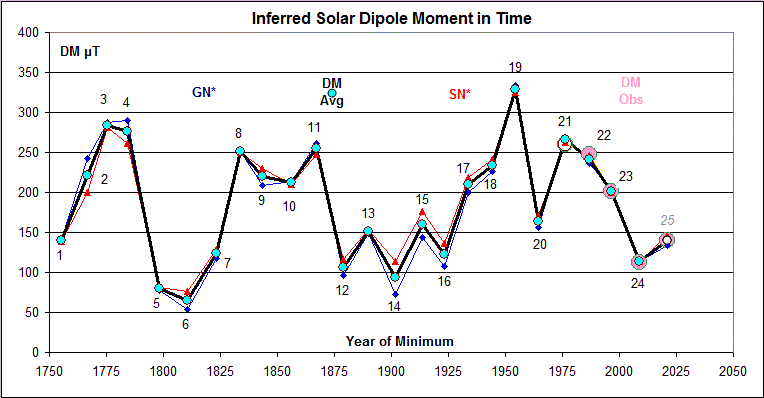204. Exploring Meridional Flow in the Solar Polar Caps
A surface flux transport model, using HMI-observed global magnetic field and active regions as inputs, with different polar meridional-flow profiles simulates the magnetic field in the polar caps. The simulation is then compared with Hinode-observed polar magnetic fields. The result supports an existence of counter cells above 70-degree latitude in each hemisphere.


